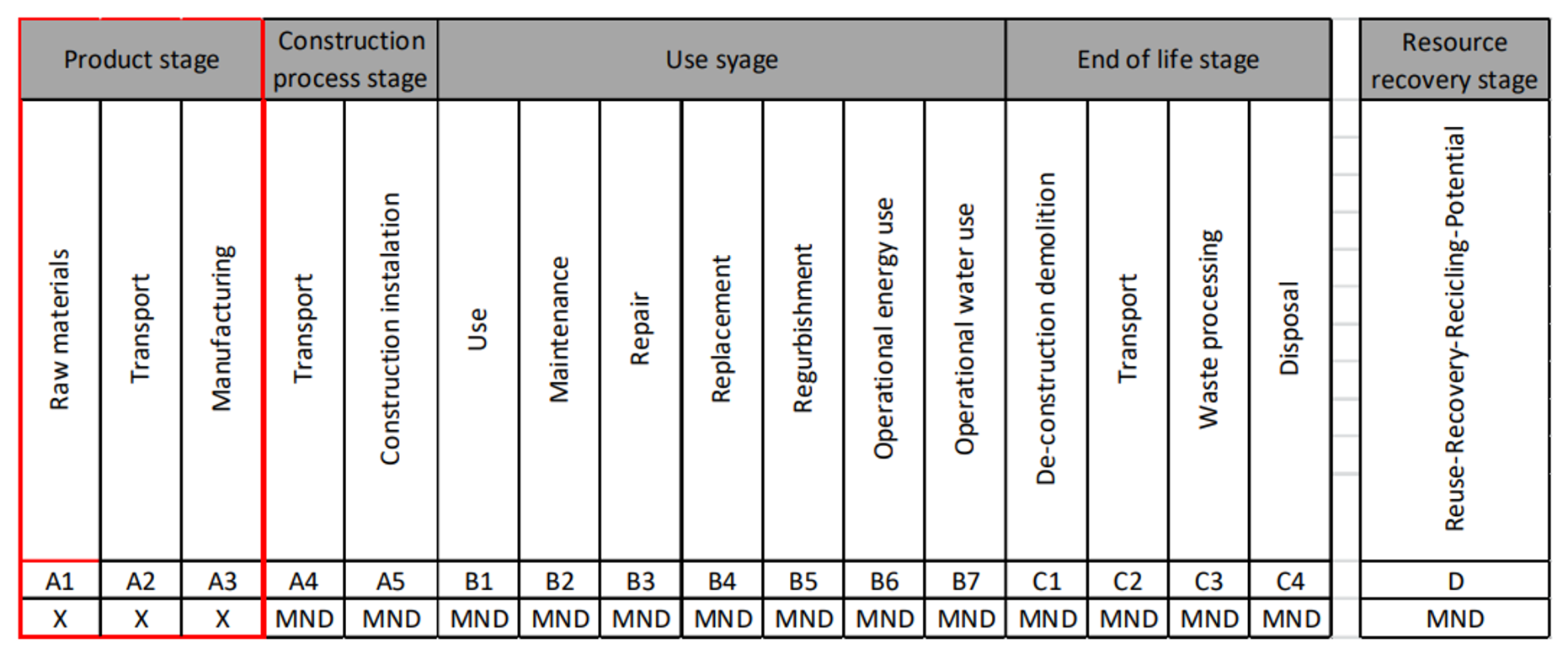


LCA (Life-cycle assessment) is a life cycle assessment, a technique that allows you to assess the ecological footprint of a product throughout its life, at all stages: extraction, production, packaging, transportation, use, disposal. “Product” means both material and services.
LCA is an integral part for the project implementation, preparation of EPD (Environmental Product Declaration) – a declaration that contains data on the environmental impact of an object during its life cycle.
Cradle to grave – full (final) product cycle.
Cradle to cradle – closed (continuous) product cycle.

Description of services
The most complete picture of the impact of the products and activities of companies can be determined through a life cycle analysis. The particular result of the analysis of the life cycle of a building material is the EPD certificate. We help our clients to conduct a life cycle analysis and prepare EPD certificates.

Directions of expertise
Assessment of the life cycle of buildings
Product life cycle assessment

International EPD certification:
Scope of evaluation of EPD – Cradle to Gate (before loading at the factory)

The standards allow to move from theoretical assessment and forecasts of environmental impacts to real data on impacts, thus allowing us to adapt the project:


Case study
Task: to analyze the life cycle and optimize the new building.
HPBS conducted a life cycle analysis and optimization of design solutions for the expansion project of the L’Oreal plant in the Kaluga region and received 3 points on the LEED system.
Our HPBS team, consisting of: engineers, construction managers, technical and financial experts, determined the volume of construction and % of completion. Having an extensive database on the commercial cost of construction, we calculated the budget for the completion of the object within 1 month with high accuracy. Also, in the process of technical inspection, violations of construction technology were identified and methods for their elimination were proposed.
Conducted:
Results: the building received 80 points and the world’s first LEED Platinum 4th generation certificate for an industrial enterprise. The project provides high parameters for saving energy, water, and ensuring climatic comfort.